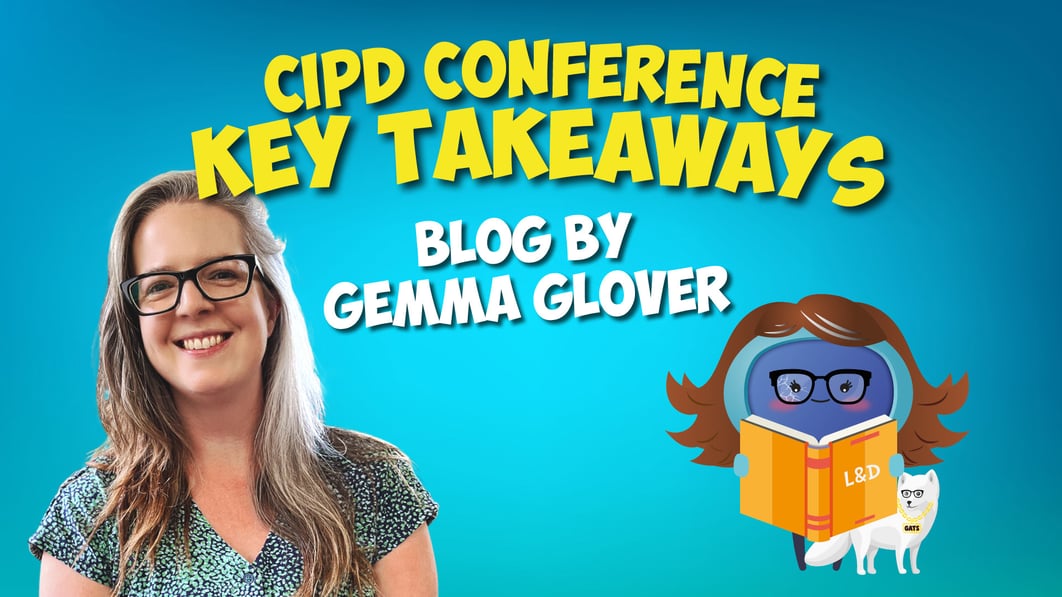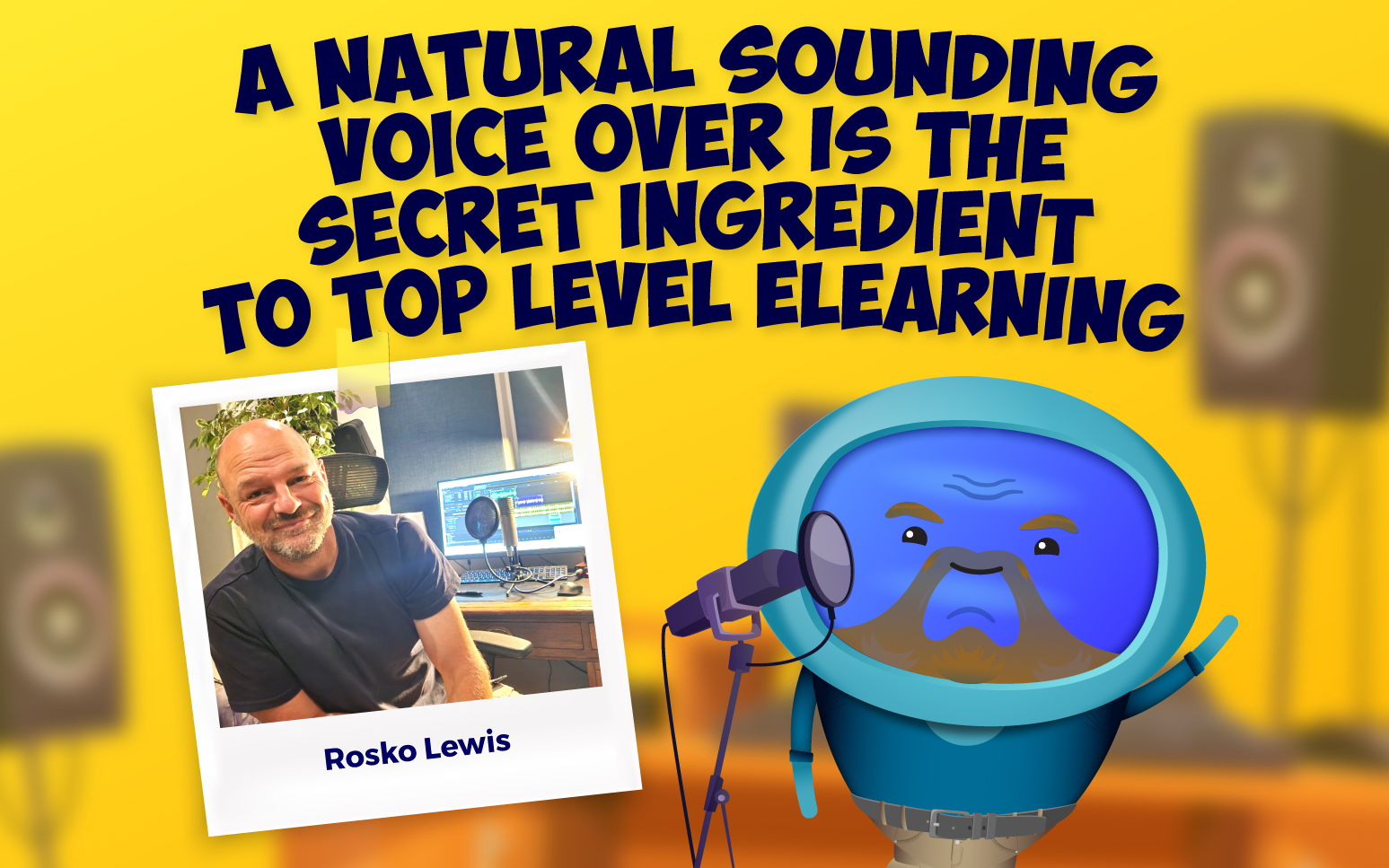
For anyone who missed the CIPD Annual Conference and Exhibition (Manchester), earlier in November, have no fear!
I tried to pack as many panel discussions, research presentations and lightening tasks as possible into the two days (a quick thanks to coffee here). As expected, it was a mixed bag of insights – some things which seemed obvious, some I couldn’t relate to and others which sent me into a note-taking frenzy. I’ve shared everything which resonated below, from thoughts on whether or not we should be quaking in our boots about AI to avoiding tokenistic EDI. Let’s get started...
AI – friend or foe?
We heard from Daniel Susskind (author of ‘The Future of the Professions: How Technology will Transform the Work of Human Experts’).
‘AI is now at the door of white-collar workers.’ Replacing thousands of billable hours, designing beautiful buildings, reviewing legal documents and diagnosing eye conditions.
Patrick Winston, ‘There are lots of ways of being smart that aren’t smart like us.’
In most cases, a machine can deal with uncertainty better than a human can. We’re thinking of AI’s inability to replicate human empathy, judgement and instinct as a protective barrier. ‘AI is not trying to copy humans and it does not matter.’ A human touch is not always an advantage or efficient. Things like pattern recognition, processing power, algorithms, data storage and analysis, are the AI advantage.
Regarding the future of work, we should be thinking about independent tasks, not whole jobs. ‘Subtly and gradually AI is replacing us from performing tasks, and, at the same time, makes others more valuable.’
Daniel’s thoughts on our response? Education. ‘What part of your job can machines not do? This is where the increase in demand will be. Mass redeployment, not mass unemployment.’ Some people are trying to compete, which Daniel sees as largely fruitless. Instead, he urges us to build, reskill and work with AI.
One of his top concerns is AI encroaching on the tasks that humans really enjoy. There’s been a lot of wishful thinking that AI will simply take on the grunt work, freeing us up for what we really gain satisfaction. But its capabilities are surpassing those expectations and, ‘that’s a reason to be cautious and shape this technology.’
He used the example of taxi drivers who potentially saw the invention of GPS as something which enhanced their abilities and made life easier, but driverless cars could render them defunct. Daniel advocates a move from ‘could and could not, to should and should not,’ when it comes to AI.
Missing the trick with managers
A lot of quickfire stats were shared by the Government People Group from various sources. I frantically scribbled – less interested in the numbers than the questions and ideas they provoked:
81% of 15,000 managers surveyed believe the products or services of their organisation could be better and have ideas to improve them.
Not shocking data when you consider how unattainable perfection is in anything; it makes sense to me that they would have at least one, even minor improvement suggestion. The spark here is, how do we get at those ideas? How do we encourage them, document them, discuss them, and communicate the desired value of that input? Especially at a point in time when the role of a manager is broader than ever.
42% don’t know what the goal of their organisation is.
Managers who are brand ambassadors or at least connect to and can articulate the purpose of the business to others is vital. Yet, are we checking this is the case and tackling it when it isn’t? We know that some people leave bad managers, not necessarily bad businesses, and so, the quality of that relationship is key. But perhaps we don’t give enough attention to the total power of a manager’s (even great managers), messaging; their perspective on L&D in the business, their understanding of how they contribute to business success, their brand advocacy. Are we working with them to explore this?
I think we can often take it for granted that everyone understands what we’re here to do and why their work matters. It would be of huge benefit to intentionally project that story. It’s not enough that c-suite is confident in the business direction. We need to equip people managers and people leaders with that clear (and ideally, meaningful) information, and weave this story into our onboarding, manager development, celebrations and recognition.
Our managers, and any individual with influence in your business can be hugely impactful promoters and detractors. Are we doing enough here, or leaving it to chance?
80% go because they don’t grow.
This one isn’t unique to managers, but with the previous shared stats in mind, I think there’s a healthy challenge for us to expand what growth can look like beyond the obvious L&D activity. It can be influence, contribution, being heard, autonomy, stretch assignments, discomfort, feeling part of something, making a difference. Not every solution to disengagement is training or tools. It might be cultural. It likely starts with quality conversation and understanding.
Do we know the personal values of our managers? Or at least what motivates them? My role at iAM is hybrid across L&D and people (culture, wellbeing etc.), so it’s easy for me to cross-pollinate, to connect data from our engagement survey and polls to our L&D priorities. But if access to this information sits with different people, functions or teams, perhaps it’s time to start sharing insights.
But if access to this information sits with different people, functions or teams, perhaps it’s time to start sharing insights.
Sage advice on Toxic Workplace Culture
A fascinating examination of toxic culture, its causes, and strategies to tackle it, from Susan Hetrick (author of Toxic Organizational Cultures and Leadership).
Symptoms include:
- the normalisation of deviancy (normalising risk until it becomes acceptable)
- cognitive dissonance (the holding of two contradictory beliefs), such as claiming to care about something on social media, which isn’t lived internally
- performance pressures (the best and the fastest)
- a demand for loyalty and alignment
- the blaming of bad apples.
What causes toxic culture to become embedded? Susan points to:
- toxic leaders (beware the dark triad: machiavellian, narcissistic, psychopathic). Leaders who manipulate, desire control, exhibit low empathy, hold unrealistic expectations and invite conflict.
- submissive followers – including colluders who believe they will personally benefit or conformers who just want a quiet life.
- the environment – instability, bullying, perceived threat, anxiety, restructure, performance rankings
A few sage words and tips which struck me:
- Values can become excuses. Do you measure your values? They should be like a stick of rock – run through your entire business.
- Management training is your insurance policy against a toxic culture
- HR can become a risk mitigation unit to protect bad managers
- Do things get dysfunctional the closer you get to the mothership?
- By not challenging, you are enabling
- Ideas for employee polls/engagement surveys – ask: ‘Do you ever witness inappropriate behaviour?’, ‘Can you raise an issue without fear of reprisal?’
Have we figured out the modern workplace yet?
HiBob shared their journey of rethinking and redesigning their office space. Most was nothing ground-breaking (not that it wasn’t smart and comprehensive); we’ve just become well versed on what companies who really care about their people can do. If businesses truly want to provide flexible working which reflects the jobs and lives of their employees, they have the tools and support to start that journey.
I did find HiBob’s core agenda interesting – ‘more than just a desk’. They state the obvious, but I think it needs stating – we need to compete with what’s available at home, in order to create a compelling draw. If we only look to provide what’s perhaps already available – a desk and chair, or provide less than: less quiet, less facilities, less opportunities for work/life balance, we will fall short. HiBob do mandate days in the office, but their teams are coming in above and beyond the mandate. Why? For the social and celebratory activities, for the fun and creative sessions, for the group learning and community.
ED&I – where do we go next?
As convenient and timesaving as learning styles can appear, there are other, actually scientifically-backed approaches, to predicting what’s going to help you learn.
Things like reflection. Better yet – trying out different ways to reflect. At the risk of making you feel like you’re looking into a kaleidoscope, there are so many techniques, tools, theories, models and apps out there that profess to elevate learning. And the only way you’ll find out if they help you specifically, is to give them a whirl and report back.
This might take the form of talking a friend through your takeaways, writing down your thoughts, and asking yourself things like, ‘What resonated? What made sense and why?’ Conversely, ‘What didn’t land, and how did that make me feel? Did I give it a go anyway?’ Or just sitting with the experience for a while and reviewing it later.
You won’t be surprised if you don’t open yourself up to surprises.
‘Growth is uncomfortable. If you’re not uncomfortable, you’re not growing.’ - anon
The BBC’s Chief People Officer, Uzair Qadeer shared, ‘Diversity is fact, inclusion is an act, belonging is a pact.’
What might at first seem like a group of words chosen merely for their rhyming merit, is worth really considering. It nicely captures what’s important, to avoid a tokenistic, virtue signalled approach to ED&I. Real, sustainable ED&I goes far beyond good intentions, into tangible action. It’s baked into the business strategy, recruitment practices, leadership development, rewarded behaviours, people policies and beyond. It takes intention and commitment.
Key takeaways:
- Introduce people to ED&I simply to keep it accessible, using human concepts like kindness, self-awareness, curiosity.
- Seek to understand and articulate why ED&I is important to your whole organisation including your customers and partners – what are you trying to achieve and how does ED&I help you achieve your business goals?
- How does ED&I trickle down to individuals from your policies and values?
- How are you holding people accountable?
- How are you going to measure and report on ED&I?
Uzair elaborates on the call for diversity, ‘We want to look and feel as a reflection of our customers – how else can we connect and meet their needs? Without this, you're driving yourself out of the market.
As is traditional for this time of year, I’m full of cold but full of inspiration too. Every December is a month of reflection and planning for the year ahead – which is why I love the timing of the CIPD conference; it challenges me to think bigger, do better and ask questions.
Boost your learning culture with iAM Learning
If you're keen to know more about online learning, why not check out our unique, engaging eLearning content, covering everything from leadership and people management to health & safety and compliance! Get in touch with us or try iAM Learning for yourself - get started today!

Gemma Glover
Head of People





